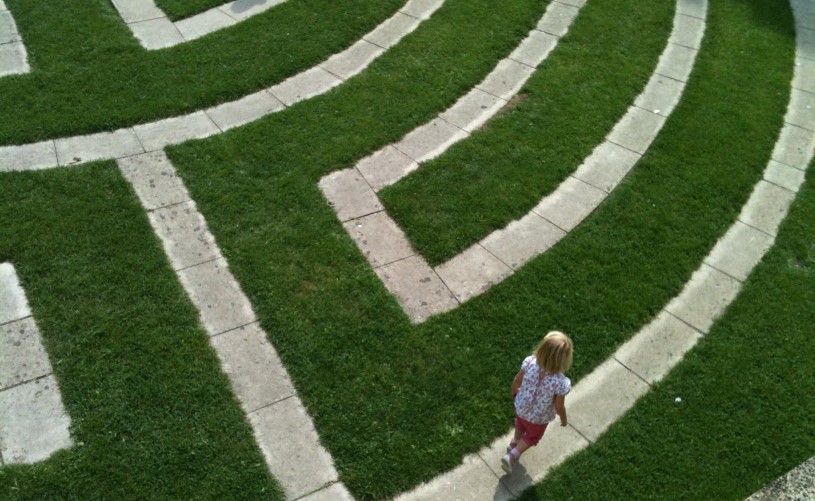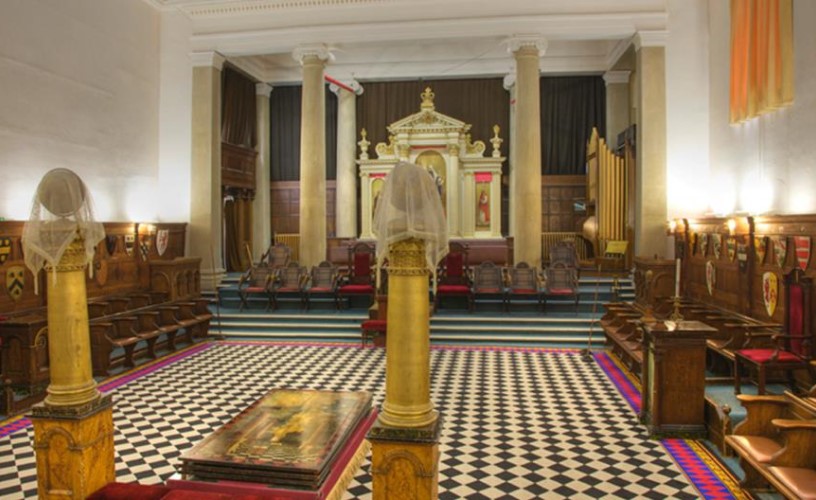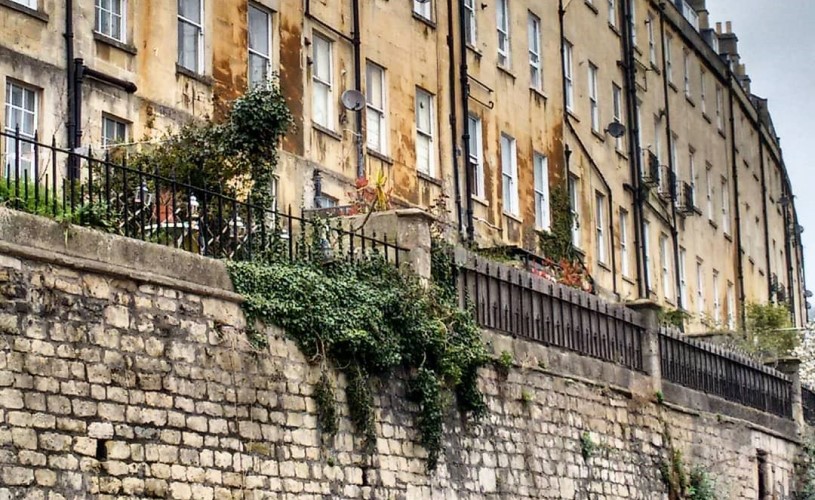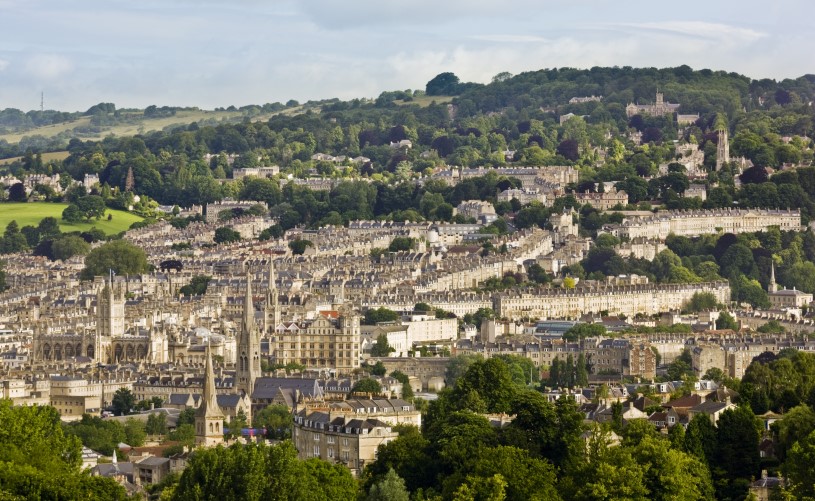It would take weeks – if not months – to explore all the interesting, historical or curious places in and around the city of Bath.
Karen Warren, a local writer, has researched some of the city’s hidden and unusual sights for a book called Secret Bath by Jonglez Publishing.
Here she picks out five places in Bath that are sometimes overlooked by both locals and visitors.
1. The Beazer Garden Maze
The Beazer Garden Maze is hidden in plain sight, just beneath the Pulteney Bridge. Children may occasionally run along its winding paths, but few passers-by stop to look at the 92,000 pieces of Italian marble mosaic that tell the story of Bath’s cultural and historical heritage.
Look closely at the design and you’ll find mythological figures, architectural details, and Victorian railway arches. At the centre of the maze is a massive Gorgon’s head, representing the sun goddess Minerva Sulis, who gave her name to Aqua Sulis, the Roman city of Bath.

Image - Beazer Maze
2. The Gravel Walk and the Georgian Garden
On one side of Victoria Park is a pedestrian walkway passing the backs of gardens on Gay Street and The Circus. This is the Gravel Walk, created in 1771 so that ladies and their suitors could avoid the dirt and the noise of the city streets while walking to the shops and the Pump Room.
Then, as now, the path had the feel of a peaceful country walk, secluded and shaded by trees. Today’s visitors can also stop to visit the Georgian Garden, a recreation of a typical town garden of the 18th century.
As you walk you may spot a deep depression beside the path – the remains of a duelling ground. It is said that the ghosts of those long ago duellers still frequent the area at night!
Image - The Georgian Garden
3. The Old Theatre Royal
Behind the unassuming exterior of the Old Theatre Royal on Old Orchard Street is a remarkable building with numerous tales to tell. Over the years it has housed a theatre, a Catholic church and burial place and, most recently, a Masonic lodge.
You can take a tour of the building to discover all of these very different histories. Wander among the catacombs and explore the small museum of Freemasonry. Then marvel at the theatre itself, with its eye-catching blue star-studded ceiling.
The theatre is still occasionally used for events, so look out for performances there.

Image - Old Theatre Royal
4. The Wall of Walcot
The Wall of Walcot is the massive retaining wall on Walcot Street that supports the Georgian houses of The Paragon, high above the road. Look closely at one end of the wall – close to the Ladymead Fountain – and you’ll spot a series of curious stone faces.
These figures were created at different times, but most were added in 2013, as a way of attracting visitors to the city’s artisan quarter and the independent shops of Walcot. Some – like the Shady Lady with her oversized sunglasses – were modelled on local traders. Others are symbolic or mythological figures.
- While you're exploring Walcot Street, pay a visit to Bath Aqua Glass, or watch some music at The Bell Inn.

Image - Walcot Street
5. St Stephen’s Church, Lansdown Road
Walking around the centre of Bath you are likely to spot the hillside church of St Stephen’s in the distance. But the exterior gives no clue to what lies within, a treasure house of Gothic Revival design.
Most remarkable is the stained glass, with 25 windows hand crafted by some of the major Victorian workshops. But you’ll also find a painted ceiling and a Pre-Raphaelite style painting in the upper gallery.
I was particularly impressed by the opus sectile panels. These are a type of mosaic created from small pieces of painted stone, shell, or mother of pearl, all cut by hand to fit the design. They were popular in Roman times, and the technique was briefly revived in the 19th century.

Image - Bath's skyline, with St Stephen's Church top right
About the author
Karen Warren is a travel writer, book reviewer and novelist. You can read about her travels on WorldWideWriter. And she would love to hear from you if you have any suggestions for places to include in her book Secret Bath (the more obscure the better…).
Related
Comments
Comments are disabled for this post.







Thanks for sharing.
It is steep, but interesting and easier than the uneven steps on the ladder.
To get back we went left from the view
Lint in the Park and saw the second viewpoint, then followed the path down and went back through the woods back to Holloway and Bath city. It took about an hour in all being very slow and taking our time. There is even a coffee van at the viewpoint!
A great way to see and enjoy Bath.
Do try Walk to the View!